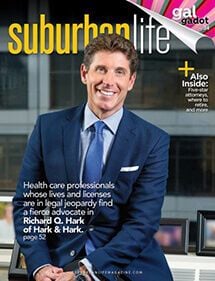Some prescription medications have names that look and/or sound similar. That can confuse pharmacists. They might intend to fill a prescription for one drug and accidentally give an unsuspecting patient one whose name sounds or looks just like that of the prescribed drug.
The result can be dangerous. Taking the wrong medicine can be extremely harmful. Furthermore, it delays getting the right drug and treating your condition with the medication your doctor ordered for you.
Patients put their trust in a pharmacist’s judgment, expertise and training. The public relies on them to fill prescriptions properly. When mistakes occur due to almost identical drug names, people are put at risk. So is a pharmacist’s reputation and perhaps even their license. Let’s look at a few precautions that can help prevent a catastrophic mistake.
Keep medications with similar names apart
When storing them, put as much distance as possible between medications that have names that sound or look alike. That way, it’s less likely that you or another pharmacist will inadvertently grab the wrong one.
Don’t make assumptions
If a pharmacist is even slightly unsure which drug is being prescribed, they definitely must check. The Institute for Safe Medication Practices (ISMP) advises, “Do not make assumptions or guess when verifying an order; instead, seek clarification.”
A drug’s prescribed dosage can be a tip-off as to whether, for example, the prescriber intended clonazepam or clobazam. However, do not speculate. Be absolutely sure the correct medicine is dispensed.
Let someone else help double-check
When a drug is being dispensed that has a name like another one, have a colleague double-check what you are giving the patient. This common-sense step could save all concerned a lot of anguish later on.
Sometimes errors happen despite being cautious
Mistakes can occur in spite of all the conscientious, good-faith efforts pharmacists make to prevent them. If this happens to you and your license is at stake, know what your rights are and how to protect your license.













